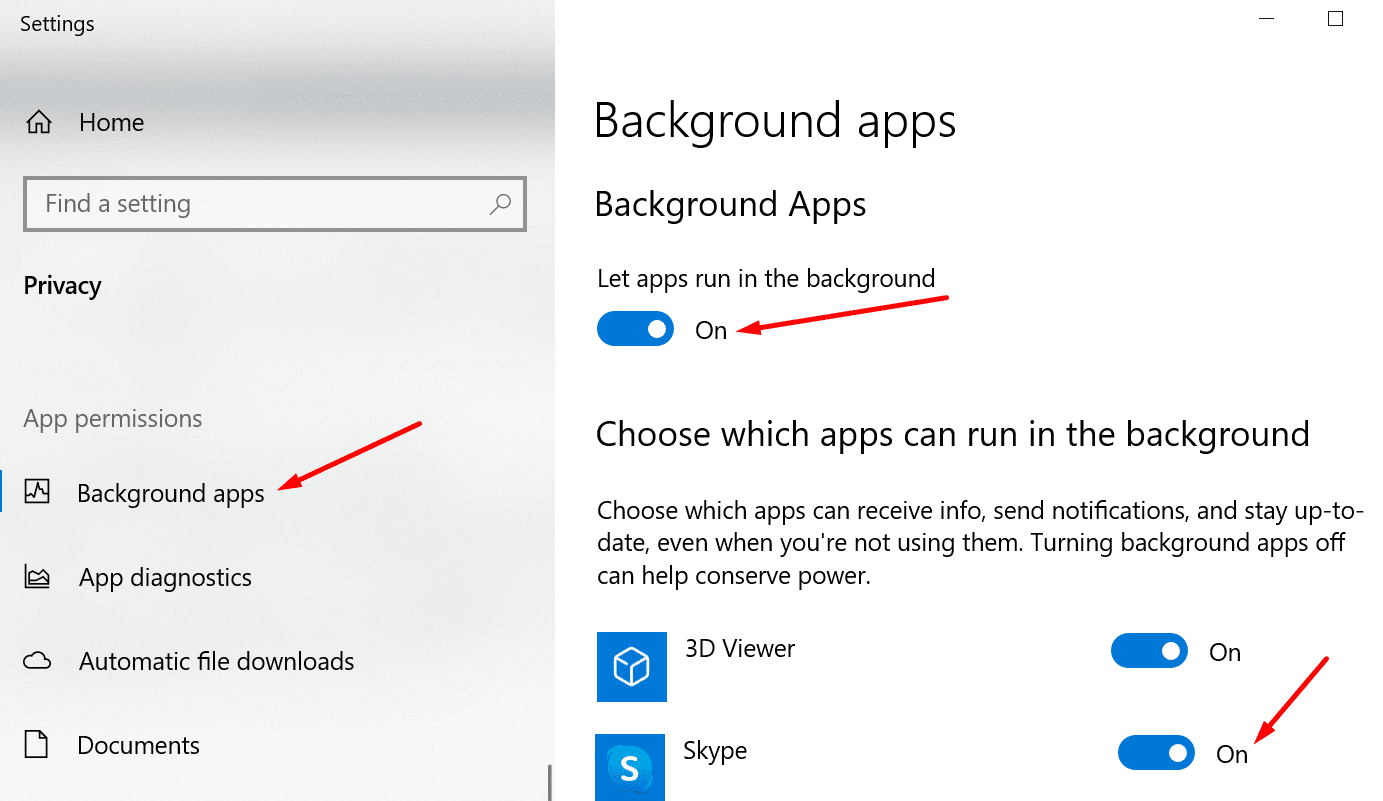

Coexistence & what that means hereĪs it currently stands, Microsoft Teams and Skype for Business are coexisting in the Office 365 landscape. While there is no deadline in place for required upgrades or end of Skype support, it is expected that Microsoft will begin enforcing the switch sometime in the next few years. As a part of their Intelligent Communications initiative, Microsoft intends to continue improving on Teams and building stronger integrations between Teams and other Office apps. Since October 1, 2018, Skype for Business hasn’t been included in plans for new Office 365 customers with less than 500 users and they instead receive Teams in their deployments.
Skype for business app keep running in background upgrade#
That being said, Microsoft recommends that businesses use Teams or begin planning for the upgrade process from Skype to Teams. Microsoft understands that Skype is still widely used and may be required in some cases. Do I Have to Switch over?įor the time being, no, your organization will not be forced to switch from Skype for Business to Teams. These features allow users to collaborate with only the specific people they need on items and projects in real time without the need for a physical meeting. The largest differentiator between these two lies in Teams’ collaboration capabilities – namely channels, teams, the ability to access & share Office files, and product-extending add-on applications. As of March 2019, Teams is available in 44 languages & 181 markets and is used by more than 500,000 organizations, including 91% of Fortune 100 companies. Initially, Teams lagged behind Skype for Business in functionality, but in October 2018, Teams reached feature parity with Skype and became the primary communication client in Microsoft Office 365. In addition to all the communication features in Skype for Business, Teams includes a much stronger integration with other Office apps, file storage & sharing, and hundreds of ways to customize user workspaces. On March 14, 2017, Microsoft announced the General Availability of a new chat-based workspace app called Microsoft Teams. From 2015 until August 2018, Skype for Business served as the main communication app in Microsoft Office 365 plans and was a major focus of development for the Microsoft team. This made it much easier to quickly create calls and meetings and introduced the ability for users to chat with people outside of their organization. Skype improved upon Lync in several ways, but the biggest change was its inclusion in Office 365 packages. Skype for Business was introduced in April 2015 as a replacement for Microsoft Lync, a communication app that featured instant messaging, audio & video calls, and meetings.


 0 kommentar(er)
0 kommentar(er)
